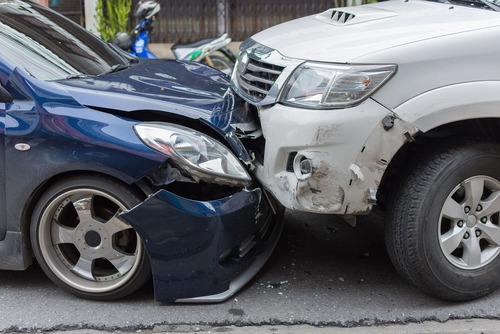
Comparative Negligence and Traffic Accident Liability
Let’s consider you are involved in a car accident and you may have been at fault for at least some of the damages. You and the other driver are both injured, your cars have sustained damage that lands them in a shop… what do you do and where do you turn? Now you can find out more about comparative negligence and how it can contribute to making certain determinations in your traffic accident. But first, you will need to understand how the system really works. Comparative and Contributory negligence can help make a determination of who was at fault for an accident. For now we will focus on comparative negligence, given under a specific situation.
What is Comparative Negligence?
When it comes to comparative negligence, each party’s specific negligence for a given injury is weighed when determining the involved damages. To the courts, contributory negligence is a total bar to the recovery of any damages – meaning, it’s pretty cut and dry. Under traditional laws, if a person had contributed to an accident in any way, that person was not entitled to compensation for their own injuries. However, thee outcomes for this approach were typically unfair. This is why most states have adopted comparative negligence approaches. Here are the two different kinds of comparative negligence:
- Pure Comparative Negligence: This is when the plaintiff’s damages are totaled and then reduces to reflect his or her contribution to the injury. You can take into consideration a scenario where a plaintiff was awarded $10,000 and the judge determined that the plaintiff was 25% responsible for the injury. Then, this person would be awarded $7,5000 as a result.
- Modified Comparative Negligence: This happens to be the most common approach. The plaintiff will not recover if he or she is found to be equally responsible or more responsible for the resulting injury. In order to recover damages, the plaintiff must not be more than 50% at fault from the injury.
New Jersey Comparative Negligence Specifics
There are laws that are specific to New Jersey when it comes to these matters, as well. These laws are laid out under NJSA 2A:15-5.2. Under this system, as a plaintiff, you aren’t required to prove that the other driver was completely at fault to be able to recover damages (as mentioned previously). The 50% Modified Comparative Negligence rule applies in this state. Two things to take into consideration in these laws is the amount of damages recoverable by the injured party and the extent of each party’s negligence or fault.
New York, however, operates under a “pure comparative negligence” system. This means that, if an accident takes place in New York and the defendant was only 10% at-fault in the accident, the plaintiff will be able to sue and recover damages. However, in some regards, the two states are somewhat similar. This is because the New York system also reduces damages by the percentage of fault.
If you have been injured or involved in a car accident and you were at partial fault, you will want to speak with an attorney. The laws are different for each state and various considerations may apply. Find out what you can do today in terms of comparative negligence. Contact MDL for a free consultation in New Jersey or New York.

















